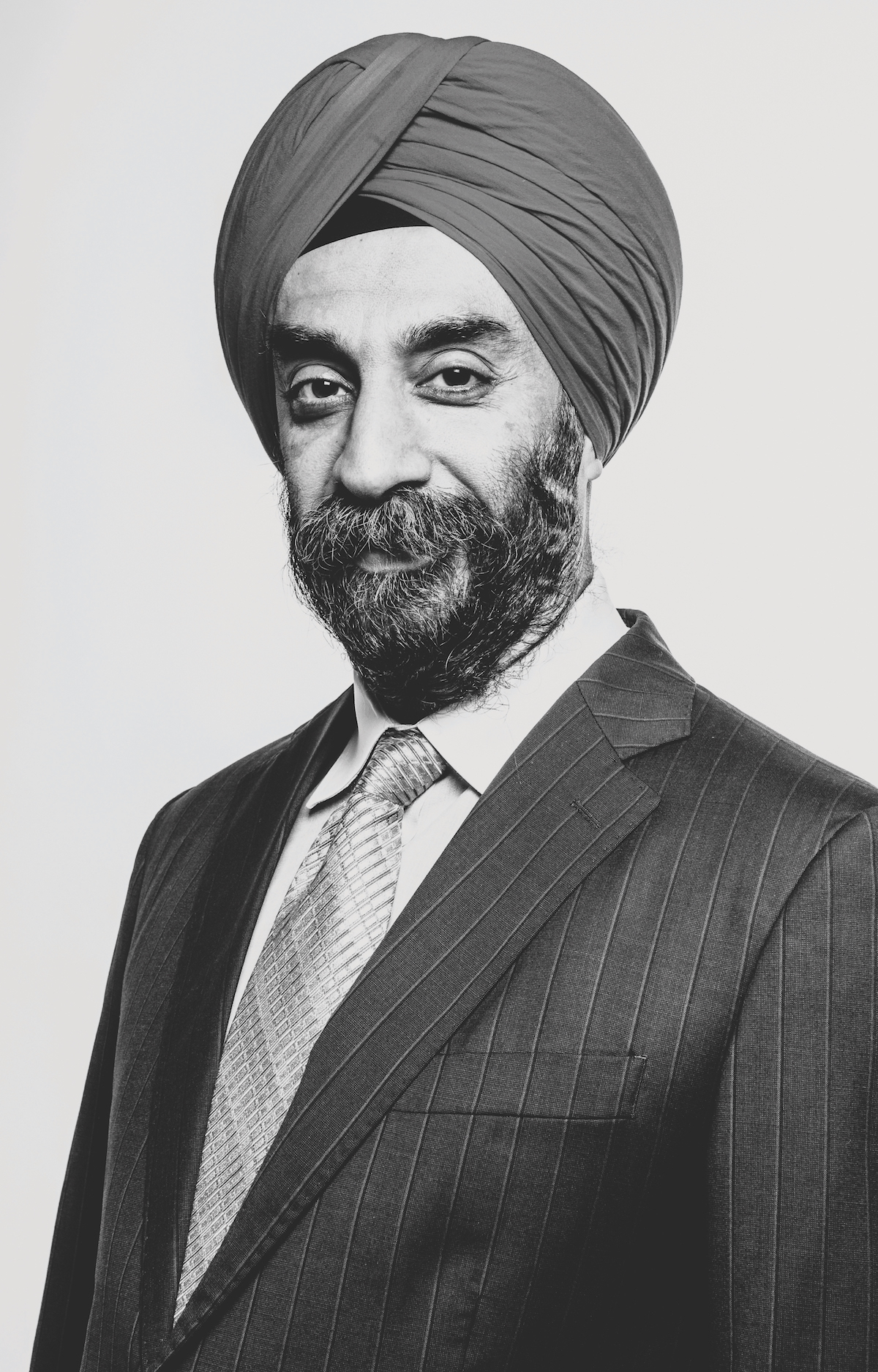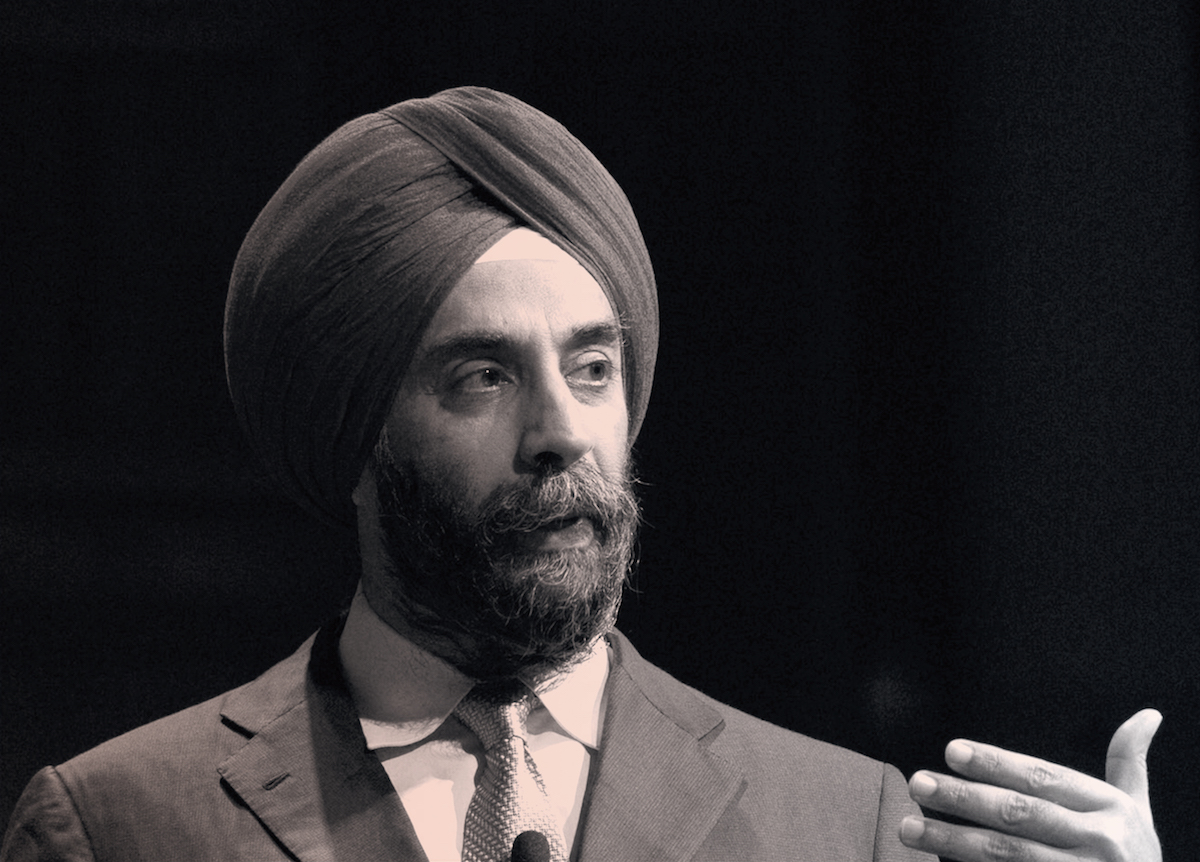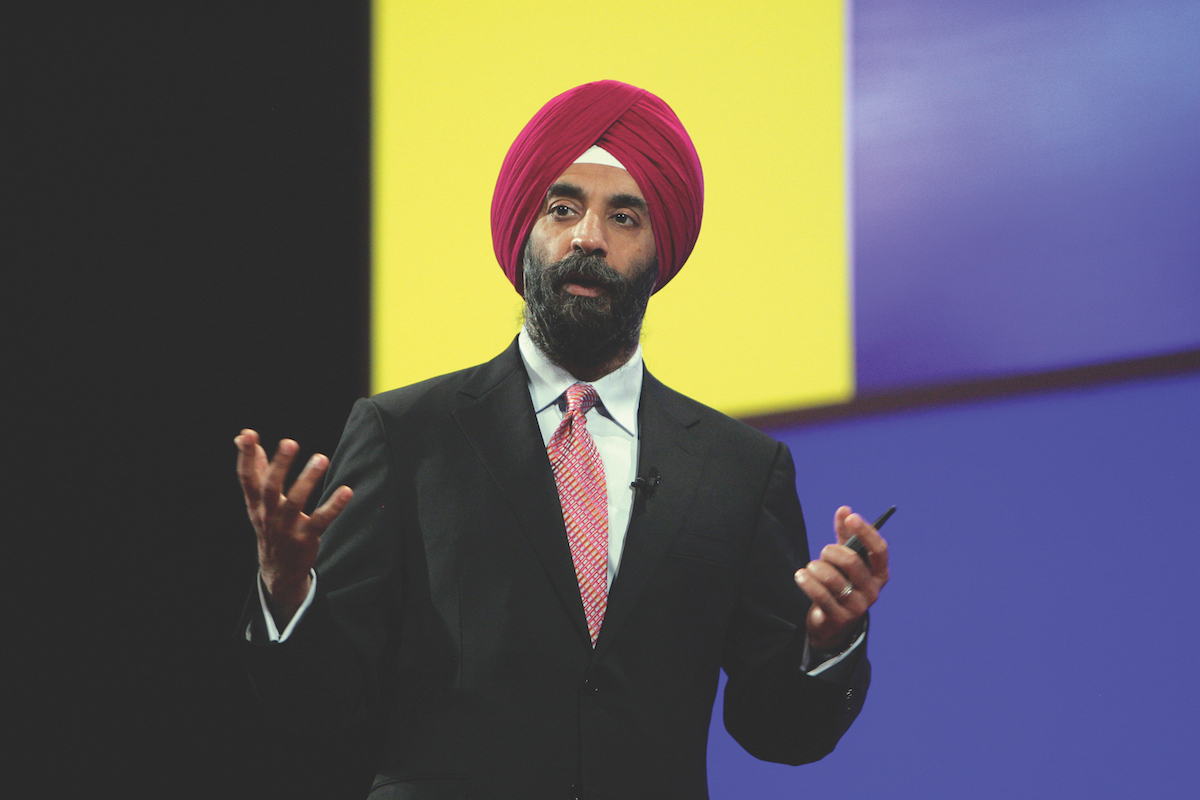In a world oversaturated with products and services, most less ‘necessary’ than their catchy slogans would have you believe, brand differentiation and innovative marketing are vital. An authority on strategic marketing, innovation and new media, Professor at the Kellogg School of Management in the US, Mohanbir (Mohan) Sawhney, is of the seemingly oxymoronic view that to expand and be successful, companies need to do less. “Growth is not about doing more,” he explains “It’s about doing fewer things better.” And the proof, it seems, is in the pudding.
The CEO Magazine spoke with the globally recognised scholar, teacher, author and speaker, and gleaned his insights into what makes one brand succeed over another.
Apple vs Samsung
According to Forbes Global 2000 (Forbes’ annual ranking of the planet’s largest and most powerful public companies), Apple and Samsung rank first and second respectively on the list of the world’s biggest tech companies.

In Mohan’s opinion, both Apple’s and Samsung’s success comes down to their ability to produce premium products with excellent industrial design that stand above the cloud. “In a sea of similar-looking products, companies that are able to compete with superior design and differentiated products will get a very disproportionate scale of the profits,” he says.
But the question remains: why does Apple continue to outrank Samsung in terms of profit share? Mohan explains: “Apple is ahead of Samsung in its ability to make money because Apple has a complete offer; it’s a full ecosystem.
People are not just buying the phone; they’re buying into the App Store, iTunes, Mac, the accessories. And the entire ecosystem of products that Apple has are tightly integrated, so the user experience is superior.
“Whereas Samsung has to contend with the fact that it doesn’t control Android. So its ability to go deeper in the integration of software and hardware, as well as to develop a seamless approach across a greater range of products, is limited by the fact that it doesn’t control the whole ecosystem. Apple has tighter control over the whole user experience; that’s its advantage.”
The other notable point when comparing Apple to Samsung is that while Samsung has a greater market share due to its wider range of products, Apple implements Mohan’s ‘less is more’ philosophy and consequently has a greater profit share.
“Companies tend to spread themselves too thin,” he explains, “so the complexity grows faster than its revenues do. Apple is a very simple company. It only has half a dozen products or so, but it earns over US$200 billion in revenue.”
Donald Trump vs Hillary Clinton
While Trump’s success as President of the US has come as quite a shock to people the world over, Mohan believes there are marketing and branding lessons that can be learned from his campaign.
“Authenticity, simplicity and consistency are the key points we can take away,” he says. “It’s what we refer to in the digital world as WYSIWYG: What You See Is What You Get. I could not tell you who Hillary is — she hid behind focus groups, consultants and policy statements — whereas Trump was consistent. Sure, he was consistent about lying and contradicting himself, but he came across as authentic.”
Highlighting Hillary Clinton’s lack of consistency, her campaign came up with dozens of potential slogans before finally settling on ‘Stronger together’. Memorable taglines include: ‘Breaking down barriers’, ‘Fighting for us’, and ‘Building ladders of opportunity’. Of course, Trump’s slogan, ‘Make America great again,’ connected with people on an emotional level and remained consistent throughout his campaign.
“Hillary’s failure was a marketing failure,” explains Mohan, “a failure to connect emotionally; a failure to articulate a value proposition; and a failure to understand her customer. Trump made emotional connections. He was able to relate in a visceral way, to speak to the pain of middle America and to people who were struggling economically, while Hillary came across as an intellectual who was all policy, but in some sense not human. If you look at both candidates through this lens, even Trump’s misstep accusations actually made him more human, so he won in spite of himself.”
Hillary’s inability to align to a particular brand or message again speaks to Mohan’s sentiment that trying to be all things to all people is a recipe for failure. “Focus, simplicity and clarity go hand in hand with speed and execution,” Mohan reiterates.
Alibaba vs Amazon
As e-commerce becomes increasingly competitive, two of the globe’s biggest platforms, Alibaba and Amazon, are continually being pitted against one another. However, the companies operate via two very different business models, making them quite difficult to compare. Asked which company he’d sooner buy stocks in, Mohan admits it’s a toss-up, that both have their strengths and weaknesses.

“Toxic growth is growth that is undisciplined and unsustainable — growth that propels companies in the short run, but they’re living on borrowed time.” – Mohanbir Sawhney
“One of Alibaba’s main strengths is that it has a protected market in China,” he says. “There’s no way anyone else can penetrate it.” Therefore, while Alibaba is free to do business in the US, Amazon can’t enter China. “In e-commerce, having protected access to the largest market in the world is a pretty great advantage.
“Another strength is that Alibaba operates via an asset-based model; its core business is match-making. It doesn’t take inventory, it doesn’t take possessions, and it doesn’t run warehouses. So its operating margins are much higher than Amazon’s.” However, Mohan believes that Alibaba’s business-to-business model is a double-edged sword — because it doesn’t control the end-to-end experience, it can’t provide a curated user experience to the extent that Amazon can.
“Amazon’s advantage is that it controls the experience end to end and can therefore better manage the customer’s interaction with the brand. The other thing I like about Amazon is that it’s got a digital business — AWS [Amazon Web Services] — which is proving to be a big money maker, and Alibaba isn’t in that business.”
Diplomatic in his response, Mohan says, “In the end, I think they both win on their own turf. With Alibaba, my question is: How do they scale outside of China? They haven’t been successful in doing that. And for Amazon, the question is: How will they continue to be profitable when their expenses are high and their margins are low? And how much can they scale globally?”
Growth and cholesterol
Mohan believes growth is analogous to cholesterol, in that there are good and bad forms of both. “Toxic growth is growth that is undisciplined and unsustainable; growth that propels companies in the short run, but they’re living on borrowed time.”
Examples of this type of growth include marginal acquisitions that add to your top line but are too complex, and marginal line extensions of products that create more difficulty than actual growth. “In these instances, your top line grows, but your bottom line gets hurt in the long run because you’re adding complexity, which is low-quality growth.”
His key takeaway for all brands is to understand and focus on their core domains. “Think about Apple,” he reiterates. “Successful companies do fewer things in a focused and disciplined manner.”
Mohanbir Sawhney will be speaking at the World Business Forum Sydney, which runs from 31 May – 1 June 2017.





